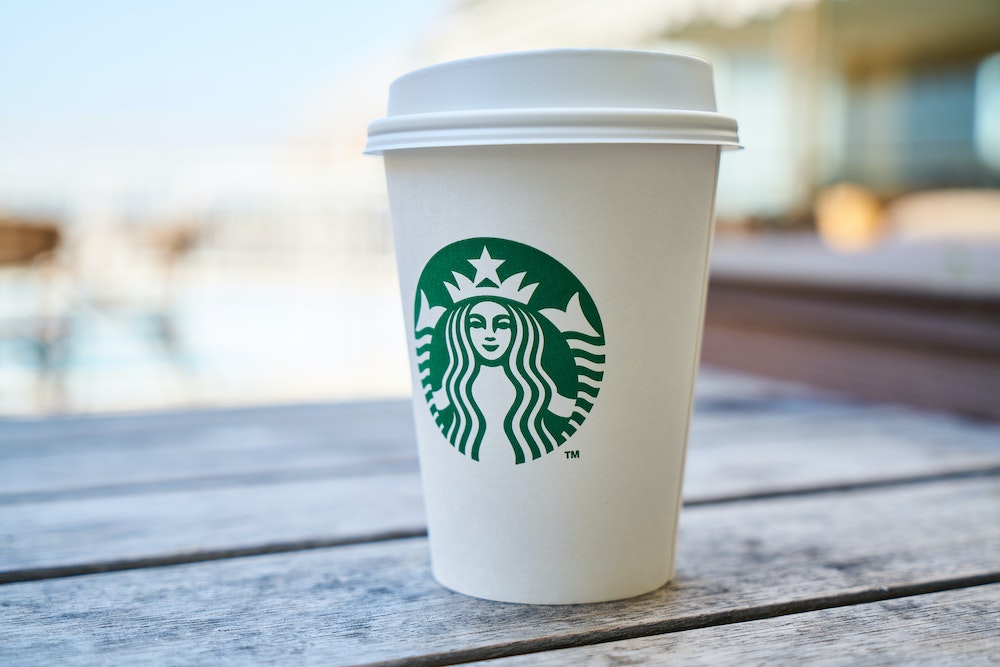Influencer Marketing Analytics: Measuring Success of Campaigns
This article will examine influencer marketing analytics.
Influencer marketing has emerged as a powerful tool for brands looking to reach and engage with consumers. By partnering with influencers who have a large and engaged following, brands can effectively reach new audiences and drive engagement and sales. However, with the increasing popularity of influencer marketing, it’s becoming more important for brands to measure the success of their campaigns and understand their return on investment (ROI). In this article, we’ll explore the importance of influencer marketing analytics and provide a guide to measuring the success of your campaigns.
Why is influencer marketing analytics important?
Influencer marketing analytics is critical for understanding the impact of your campaigns and measuring the ROI of your investments. By tracking key metrics and KPIs, you can understand how your campaigns are performing and make data-driven decisions to optimize and improve your strategy.
In addition to measuring the success of individual campaigns, influencer marketing analytics can also help you identify the most effective influencer partners for your brand and understand the impact of influencer marketing on your overall digital marketing strategy.
Key Metrics to Track in Influencer Marketing Analytics
- Reach: Reach refers to the number of people who are exposed to your campaign. This can be measured in terms of the number of followers an influencer has, as well as the reach of the influencer’s posts and the overall reach of your campaign.
- Engagement: Engagement refers to the interaction that your campaign generates, including likes, comments, and shares. High engagement levels indicate that your campaign is resonating with audiences and driving meaningful interactions.
- Conversion rate: Conversion rate measures the number of people who take a specific action, such as making a purchase or signing up for a newsletter, as a result of your campaign. This is a key metric for measuring the ROI of your campaign and understanding the impact of influencer marketing on your overall business goals.
- Audience demographics: Understanding the demographics of the audiences reached by your campaign can help you better understand your target market and tailor your marketing efforts accordingly. This can include information such as age, gender, location, and interests.
- Cost per engagement (CPE): CPE is a metric that measures the cost of each engagement generated by your campaign. By tracking CPE, you can understand the cost-effectiveness of your campaigns and make data-driven decisions to optimize your strategy.
- Influencer sentiment: Influencer sentiment measures the overall sentiment of the posts generated by an influencer. This can help you understand the impact of an influencer’s brand image and messaging on your campaign and make decisions about future partnerships.

Influencer marketing has emerged as a powerful tool for brands looking to reach and engage with consumers. By partnering with influencers who have a large and engaged following, brands can effectively reach new audiences and drive engagement and sales.
How to Measure the Success of Your Influencer Marketing Campaigns
- Set clear goals: Before launching an influencer marketing campaign, it’s important to set clear goals and objectives. This will help you focus your efforts and measure the success of your campaigns in a meaningful way.
- Use influencer marketing software: Influencer marketing software can help you track key metrics and KPIs, analyze data, and make data-driven decisions. Choose a software platform that fits your needs and provides the analytics and reporting capabilities you need to measure the success of your campaigns.
- Partner with influencers who align with your brand values: When choosing influencer partners, look for individuals who align with your brand values and have a track record of success. This will help to ensure that your campaigns resonate with audiences and drive meaningful results.
- Use unique tracking links: Use unique tracking links to monitor the impact of your campaigns and understand the conversions generated by your campaigns. This will help you measure the ROI of your campaigns and make data-driven decisions to optimize your strategy.
- Monitor social media mentions: Social media monitoring tools can help you track mentions of your brand and campaigns, as well as monitor influencer sentiment. This can help you understand the impact of your campaigns on your brand image and reputation, and identify any potential issues that need to be addressed.
- Analyze the data: Regularly analyze the data collected from your influencer marketing campaigns to understand the impact of your efforts. This can help you identify trends and patterns, as well as make data-driven decisions to optimize your strategy.
- Collaborate with influencers: Collaborating with influencers and working closely with them can help to ensure the success of your campaigns. Influencers can provide valuable insights into their audiences and help to tailor your campaigns to meet their needs.
- Continuously optimize: Continuously analyze and optimize your influencer marketing campaigns to ensure that you are getting the best results possible. This can include adjusting your influencer partnerships, adjusting your campaigns, and making changes to your overall strategy.
Influencer marketing analytics is critical for understanding the impact of your campaigns and measuring the ROI of your investments. By tracking key metrics and KPIs, analyzing data, and continuously optimizing your strategy, you can ensure the success of your influencer marketing campaigns and drive meaningful results for your brand.
- Google Analytics for Beginners: Guide to Mastering Analytics - July 28, 2023
- National SEO for Lawyers: Drive Nationwide Traffic for Your Firm - July 28, 2023
- The Power of Local SEO for Lawyers: Build Your Practice - July 28, 2023


